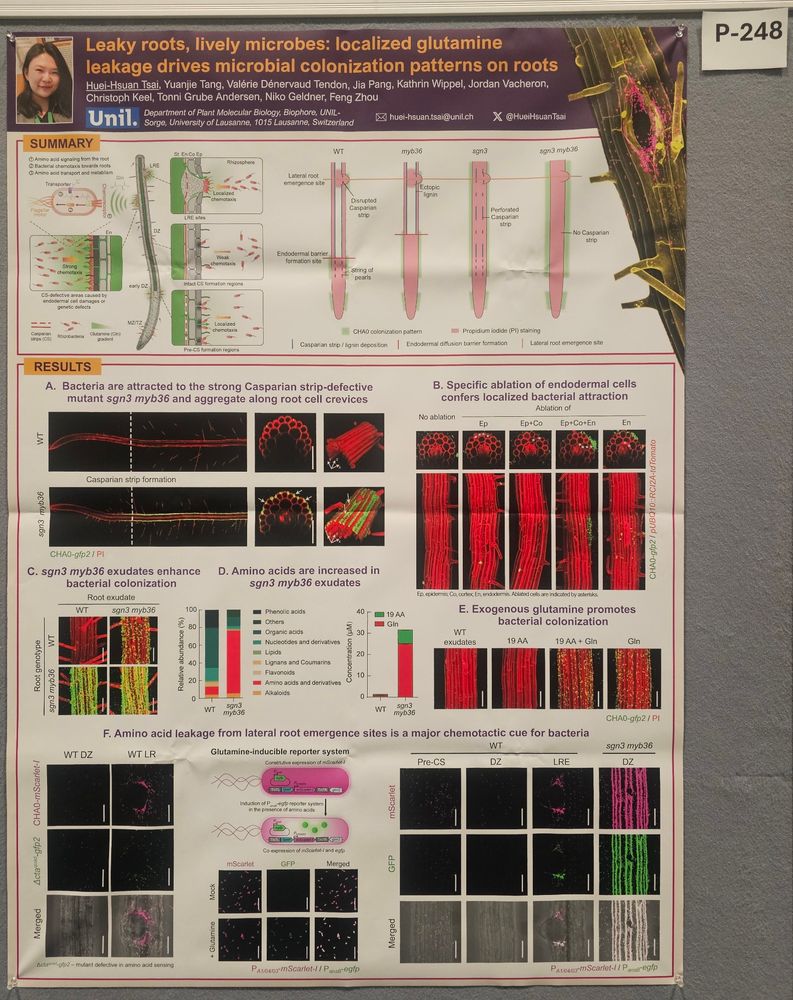@cp-trendsmicrobiol.bsky.social Spotlight from Zheng Qing Fu/Youxiong Que on the recent publication by @hueihsuantsai.bsky.social et al from @nikogeldner.bsky.social
www.cell.com/trends/micro...

@cp-trendsmicrobiol.bsky.social Spotlight from Zheng Qing Fu/Youxiong Que on the recent publication by @hueihsuantsai.bsky.social et al from @nikogeldner.bsky.social
www.cell.com/trends/micro...

Well done all presenters!!! 👏
including @courtneyherms.bsky.social @hueihsuantsai.bsky.social and @dgarrs.bsky.social


You can download the #OpenAccess PDF here:
doi.org/10.1093/plph...
But real connoisseurs of #AntimicrobialCompounds will want to get the vinyl boxset: #PlantScience #PlantImmunity


You can download the #OpenAccess PDF here:
doi.org/10.1093/plph...
But real connoisseurs of #AntimicrobialCompounds will want to get the vinyl boxset: #PlantScience #PlantImmunity
www.science.org/doi/10.1126/...

www.science.org/doi/10.1126/...
(1/5) We reveal how root architecture and nutrient leakage shape spatial patterns of microbial colonization, moving beyond traditional models of uniform exudation.
Learn more in this week's issue: https://scim.ag/3WgNajk

(1/5) We reveal how root architecture and nutrient leakage shape spatial patterns of microbial colonization, moving beyond traditional models of uniform exudation.


